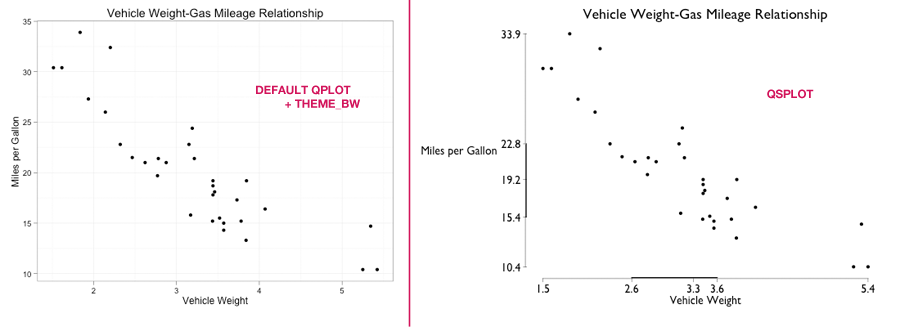Advice for graduates applying for data science jobs
2019-08-01 update
Things were a little different when I wrote this in 2017. These days I constantly see new/junior data scientists get rejected because they don’t have the experience. Even those who have an impressive portfolio of projects to show off that they have the technical know-how get thumbs down. I firmly believe this is a failure of employers, not the new generation of recently graduated data scientists entering the field.
